Home>Furniture & Design>Living Room Furniture>How Much Is A Used Recliner Worth
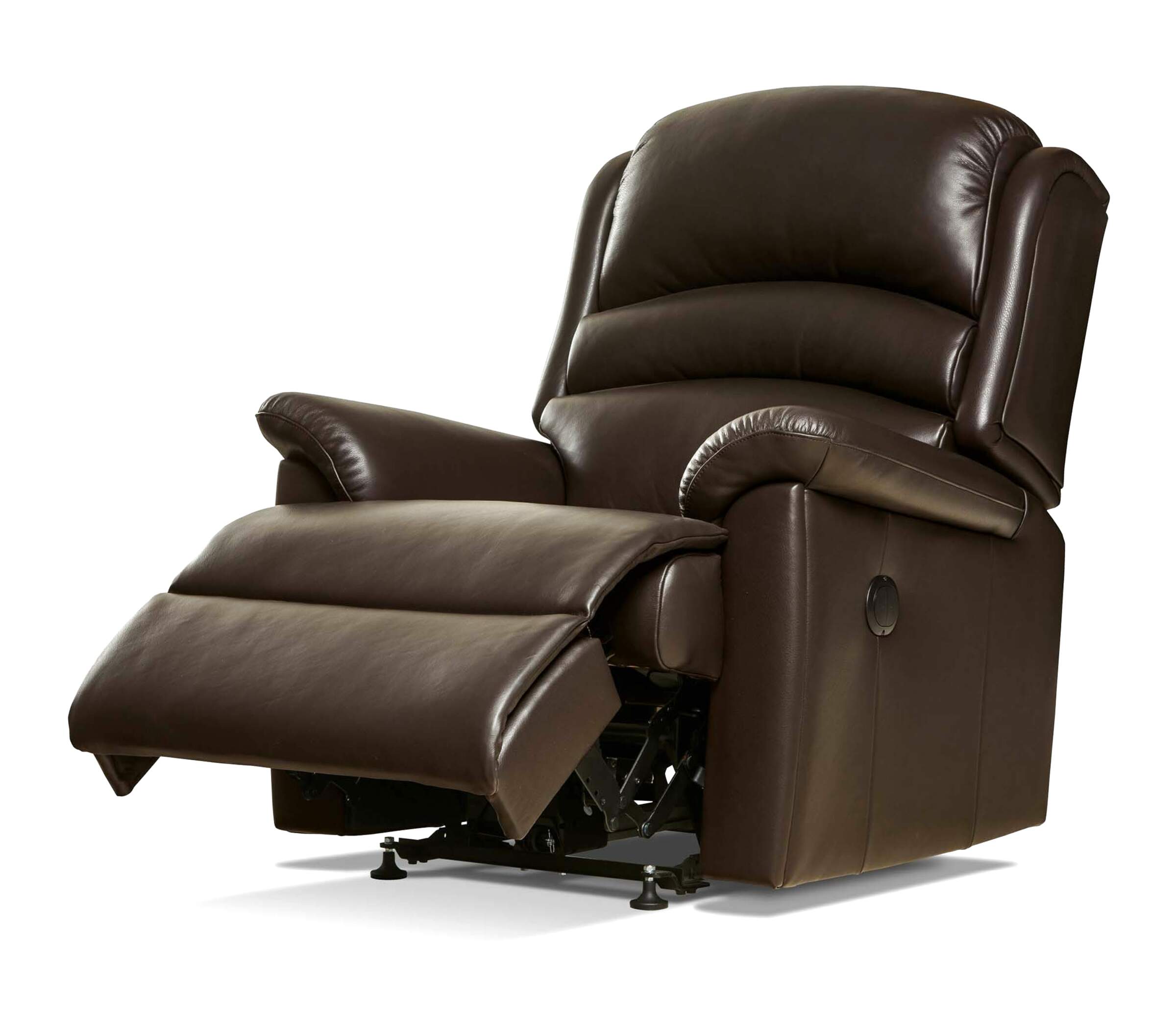

Living Room Furniture
How Much Is A Used Recliner Worth
Modified: October 27, 2024
Find out the value of a used recliner and get the best deals on living room furniture at Furniture and Design. Shop now for affordable options!
(Many of the links in this article redirect to a specific reviewed product. Your purchase of these products through affiliate links helps to generate commission for Storables.com, at no extra cost. Learn more)
Introduction
When it comes to furnishing your living room, a recliner can be a perfect addition. Not only does it provide comfort and relaxation, but it also adds a touch of style to your space. However, there may come a time when you decide to upgrade your recliner or simply no longer have a need for it. In such cases, you might wonder how much your used recliner is worth.
While determining the exact value of a used recliner can be subjective, there are several factors that come into play. Understanding these factors can help you evaluate the worth of your recliner and make informed decisions when it comes to selling it. In this article, we will explore the key elements that affect the value of a used recliner and provide tips on how to research its worth.
Keep in mind that the value of a used recliner can vary widely based on various factors, including its condition, brand and model, age, upholstery material, market demand, and location. By considering these aspects and doing proper research, you can determine a fair asking price and maximize your chances of selling your used recliner at a reasonable value.
Key Takeaways:
- Properly cleaning and maintaining a used recliner is essential to enhance its value and appeal to potential buyers. Thorough cleaning, deodorizing, and upholstery maintenance can significantly impact the selling price.
- Determining a fair asking price for a used recliner involves considering its condition, brand, age, upholstery material, market demand, and location. Thorough research and flexibility in negotiations are key to achieving a successful sale at a reasonable value.
Read more: How Much Is A Handmade Quilt Worth
Factors Affecting the Value of a Used Recliner
When assessing the value of a used recliner, several factors come into play. Understanding these factors can help you determine a fair asking price and attract potential buyers. Below are the key elements that affect the value of a used recliner:
- Condition of the Recliner: The overall condition of the recliner plays a significant role in determining its value. A recliner in excellent condition, with minimal wear and tear, will typically fetch a higher price compared to one that is heavily damaged or shows signs of extensive use. Take note of any tears, stains, or structural issues when evaluating its condition.
- Brand and Model: The reputation and popularity of the brand and model can influence the value of a used recliner. High-end brands, known for their quality craftsmanship and durability, tend to retain their value better over time. Similarly, models with desirable features and designs may command a higher price in the market.
- Age of the Recliner: The age of the recliner can impact its value. As with most used items, the older the recliner, the less value it may hold. However, there are exceptions. Antique or vintage recliners, especially those from well-known designers or eras, can actually increase in value over time due to their uniqueness and historical significance.
- Upholstery Material: The type and condition of the upholstery can affect the value of a used recliner. Premium materials such as leather or high-quality fabric can add value, as they are often associated with comfort and durability. Additionally, the cleanliness and overall appearance of the upholstery are important factors to consider.
- Market Demand and Location: The demand for recliners in the used furniture market and the location where you’re selling can influence its value. If there is high demand for recliners in your area or a specific demographic, you may be able to ask for a higher price. Additionally, the availability of similar recliners in the market can impact the perceived value of your used recliner.
By considering these factors, you can gain a better understanding of the value of your used recliner. However, it is important to keep in mind that pricing is subjective and can vary depending on individual preferences and market conditions. In the next section, we will explore how you can research the value of a used recliner to ensure you set a fair asking price.
Condition of the Recliner
The condition of a used recliner is one of the most crucial factors that affects its value. Buyers are generally willing to pay more for a recliner that is in excellent condition and shows minimal signs of wear and tear. Conversely, a recliner in poor condition or with significant damage may have a lower value.
When assessing the condition of your recliner, consider the following factors:
- Structural Integrity: Check if the recliner is fully functional and stable. Test the reclining mechanism and ensure that it operates smoothly without any glitches. Look for any loose or broken parts that may need repair or replacement.
- Upholstery: Evaluate the upholstery for any tears, stains, or fading. Consider the material used and its overall condition. Leather recliners, for example, may have a higher value if the leather is well-maintained and free from major blemishes. Cleaning or repairing the upholstery can help improve the recliner’s appearance and value.
- Cushions and Padding: Examine the cushions and padding for any sagging or flattening. High-quality cushions that provide ample support and comfort are desirable to buyers. If the cushions are worn out, consider replacing them to enhance the recliner’s appeal.
- Frame and Frame Joints: Inspect the frame of the recliner for any cracks, warping, or instability. Check the joints and connections to ensure they are sturdy and secure. A solid and well-maintained frame adds value to the recliner.
- Odor and Cleanliness: Consider the overall cleanliness of the recliner, including any unpleasant odors. Ensure it is free from pet hair, smoke, or other strong smells. A clean and fresh-smelling recliner is more appealing to potential buyers.
Keep in mind that minor wear and tear, such as small scuffs or scratches, are normal for a used recliner and may not significantly impact its value. However, significant damage or excessive wear can diminish its worth. Repairing or restoring the recliner, if possible, can help increase its value and appeal.
When describing the condition of your recliner to potential buyers, be honest and transparent. Provide detailed information about any imperfections or repairs that have been made. This will establish trust and help buyers make an informed decision about the recliner’s value.
Brand and Model
When it comes to determining the value of a used recliner, the brand and model play a significant role. Certain brands are known for their quality craftsmanship, durability, and desirability, which can positively impact the value of their recliners.
High-end, well-established brands often hold their value better than lesser-known or generic brands. Buyers who recognize and trust these reputable brands may be willing to pay a premium price for their used recliners.
In addition to the brand, the specific model of the recliner can also influence its value. Some recliner models are more sought after due to their features, design, or innovations that make them more comfortable or functional. Popular models with unique features or exceptional build quality may command higher prices in the used furniture market.
To determine the brand and model of your recliner, look for any labels or markings on the recliner itself, including the manufacturer’s logo or name. If you no longer have the original documentation or labels, you can try researching online using the recliner’s distinctive features or design elements to help identify the brand and model.
When advertising your used recliner for sale, be sure to include the brand and model information in your listing. This will attract buyers who are specifically looking for that brand or model, increasing the chances of selling it at a higher price.
It’s worth noting that while brand and model can contribute to the value of a used recliner, personal preference also plays a role. Some buyers may have a preference for a particular brand based on their previous positive experiences, while others may prioritize specific features or design elements over the brand. Therefore, it’s essential to be aware that the perceived value of your recliner may vary among potential buyers.
Consider researching the current retail prices of similar recliners from the same brand and model to gauge the price range for your used recliner. Keep in mind that used items generally sell for considerably less than their new counterparts, so price your recliner accordingly.
By highlighting the brand and model of your used recliner and showcasing its unique features, you can capture the attention of potential buyers who value those specific attributes, increasing the chances of selling it at a favorable price.
Age of the Recliner
The age of a used recliner is another important factor that can impact its value. Generally speaking, older recliners tend to have a lower value compared to newer ones. However, there are certain exceptions to this rule.
Antique or vintage recliners can hold a significant amount of value, especially if they are from a well-known designer or from a particular era that is highly sought after by collectors. These recliners may have unique design elements, exquisite craftsmanship, or historical significance that can make them more valuable despite their age.
On the other hand, for most standard used recliners, the value tends to decrease gradually as they age. This is because as time goes on, the recliner may experience more wear and tear, potentially requiring repairs or replacement parts. Additionally, newer recliners tend to have more advanced features, improved materials, and better overall condition compared to older models, making them more desirable to buyers.
If you are unsure of the exact age of your recliner, there are a few ways you can estimate it. Look for any manufacturing labels, tags, or date stamps on the recliner. These can provide information about the year of production. If you no longer have these labels, you can try researching the model and brand online to find out when it was first released.
When pricing a used recliner based on its age, consider the overall condition and functionality. If you have a relatively new recliner that is still in excellent condition, it may hold its value better despite being older. On the other hand, if you have an older recliner with extensive wear and tear, you may need to adjust your asking price accordingly.
When marketing your used recliner, highlight any special features, design elements, or historical significance that may make it more appealing despite its age. By showcasing its unique qualities and emphasizing its positive attributes, you can increase its perceived value and attract potential buyers who appreciate its age and character.
Ultimately, the age of a used recliner is just one factor to consider when determining its value. It is important to take into account other factors such as its condition, brand, and demand in the market. By considering these elements collectively, you can set a fair asking price and increase your chances of selling your used recliner at a reasonable value.
Read more: How Much Power Does An Electric Recliner Use
Upholstery Material
The upholstery material of a used recliner is an essential factor that can influence its value. Different upholstery materials have distinct characteristics and can affect both the comfort and durability of the recliner. Buyers often have preferences for specific materials based on their comfort, maintenance requirements, and overall appearance.
Here are some common upholstery materials used in recliners and how they can impact the recliner’s value:
- Leather: Recliners with genuine leather upholstery are highly sought after and tend to have a higher value. Leather is known for its luxurious feel, durability, and timeless appeal. Buyers are willing to pay a premium for leather recliners, especially if the leather is in good condition and properly cared for.
- Fabric: Fabric upholstery is a popular choice for recliners, offering a wide range of colors, patterns, and textures. The value of a fabric recliner can vary based on the quality of the fabric used. High-quality, durable fabrics like microfiber or tightly woven textiles may increase the recliner’s value compared to lower-quality or easily stained fabrics.
- Microfiber/Suede: Recliners upholstered in microfiber or suede can be highly sought after due to their softness, stain resistance, and easy maintenance. These materials are often associated with comfort and can add value to the recliner.
- Vinyl/Faux Leather: Recliners with vinyl or faux leather upholstery are usually more affordable compared to genuine leather recliners. While they may not have the same level of luxury, they can still provide a similar look and feel at a lower price. The value of vinyl or faux leather recliners depends on the quality of the material and its condition.
When evaluating the upholstery material of your recliner, consider its overall condition. Note any stains, tears, or signs of wear that may impact the value. Cleaning or repairing the upholstery can help improve the recliner’s appearance and increase its value.
Additionally, take into account the preferences of potential buyers in your target market. Different regions or demographics may have varying preferences when it comes to upholstery materials. For example, leather upholstery may be more desirable in upscale markets, while fabric recliners may be popular in family-oriented neighborhoods.
When advertising your used recliner, provide clear and detailed information about the upholstery material and its condition. Highlight the benefits and qualities of the material to attract potential buyers who align with those preferences. By showcasing the appeal of the upholstery material, you can enhance the perceived value of your recliner and increase its chances of selling at a favorable price.
Market Demand and Location
The market demand for used recliners and the location where you are selling can significantly influence the value of your recliner. Understanding the local market and the demand for recliners in your area can help you set a competitive asking price and attract potential buyers.
The demand for used recliners can vary based on factors such as population demographics, local preferences, and economic conditions. In areas where there is high demand for furniture or a strong interest in home decor, you may have more potential buyers and the ability to sell your recliner at a higher price.
Consider the following factors when assessing the market demand and location of your used recliner:
- Local Furniture Market: Research the local furniture market to gain insights into the demand and pricing trends for used recliners. Visit furniture stores or browse online platforms to see what others are asking for similar recliners.
- Economic Factors: Take into account the economic conditions of your area. In booming economies with high disposable incomes, people may be more willing to spend on quality used furniture, including recliners. On the other hand, in areas with economic downturns or tight budgets, you may need to adjust your pricing strategy accordingly.
- Online Platforms: Utilize online platforms such as classified websites or auction sites to gauge the demand and prices of used recliners. Look for listings of similar recliners in your area and note the asking prices and response from potential buyers.
- Local Furniture Stores and Consignment Shops: Visit local furniture stores and consignment shops to inquire about the demand for used recliners. Speak with employees or owners who have firsthand knowledge of the local furniture market and can provide insights into pricing and buyer preferences.
Keep in mind that the popularity and demand for certain recliner styles or brands can vary by location. What may be highly sought after in one area may not have the same appeal in another. Understanding the local market will help you set a reasonable asking price and attract interested buyers.
When advertising your used recliner, mention any unique selling points, such as rare features or designer brands, that may make it stand out from other listings in the market. Highlight the benefits and advantages of your recliner to engage potential buyers and create a sense of desirability.
By considering the market demand and location, you can position your used recliner in a way that maximizes its value and increases the likelihood of a successful sale.
Researching the Value of a Used Recliner
Before setting an asking price for your used recliner, it’s important to conduct thorough research to determine its value in the current market. By understanding the value range for similar recliners, you can price your recliner competitively and increase your chances of attracting potential buyers. Here are some ways to research the value of a used recliner:
- Online Platforms and Classifieds: Utilize online platforms and classified websites that specialize in selling used furniture. Look for listings of recliners similar to yours and note their asking prices. Pay attention to factors such as brand, model, condition, and upholstery material to compare them with your recliner. Keep in mind that the listed prices are not always the final selling prices, so consider the negotiation factors as well.
- Local Furniture Stores and Consignment Shops: Visit local furniture stores and consignment shops in your area. Inquire about the value of your recliner and ask for their expert opinion. They may have insight into the local market and provide guidance on setting a fair asking price.
- Check Completed Sales: On online platforms, look for completed sales of used recliners that are similar to yours. These records will show the actual selling prices and give you a more accurate sense of the market value. Take note of the conditions and features that influence the final price.
- Research Brand and Model: Conduct research on the brand and model of your recliner to gather information about its original price and reputation. This knowledge will help you assess the value of your used recliner in relation to its initial market value.
- Take Note of Unique Features: If your recliner has any unique or rare features, it may have a higher value. Research other recliners with similar features to see how they are priced in the market. Highlight these special attributes in your listing to enhance the perceived value of your recliner.
By taking the time to research the value of your used recliner, you can set a reasonable asking price that aligns with the current market. Keep in mind that pricing can be subjective, and the final value of your recliner will also depend on factors such as buyer demand, condition, and negotiation skills. It’s always a good idea to be flexible and open to reasonable offers during the selling process.
Remember to consider all the factors we’ve discussed, including the condition, brand, age, upholstery material, market demand, and location, when determining the value of your used recliner. By conducting thorough research, you’ll have a better understanding of its worth and increase your chances of a successful sale.
When determining the worth of a used recliner, consider factors such as its age, condition, brand, and any additional features it may have. Research similar recliners online to get an idea of their market value.
Online Platforms and Classifieds
When researching the value of a used recliner, online platforms and classified websites are valuable resources. These platforms provide a wide range of listings for used furniture, including recliners, allowing you to compare prices and gauge the market demand. Here’s how you can utilize online platforms and classifieds to research the value of your used recliner:
- Search for Similar Recliners: Begin by searching for recliners that are similar to yours in terms of brand, model, condition, and upholstery material. Look for listings that provide detailed descriptions and clear images to get a better sense of the recliner’s condition and features.
- Compare Asking Prices: Take note of the asking prices for similar recliners. Keep in mind that the listed prices are not always the final selling prices. However, they provide a starting point for understanding the range of values within the market.
- Investigate Completed Sales: Many online platforms provide the option to view completed sales. Check these records to see the actual selling prices of recliners that are comparable to yours. This information will give you a more accurate idea of what buyers are willing to pay for similar recliners.
- Consider Factors that Influence Price: Pay attention to the factors that influence the selling price of recliners, such as brand reputation, condition, age, and upholstery material. A recliner in excellent condition or from a well-known brand may command a higher price than one in poorer condition or from a lesser-known brand.
- Monitor Trends: Keep an eye on the trends in the online marketplace. Note any fluctuations in prices or changes in demand for specific recliner styles or brands. This information can help you set a competitive price and make informed decisions.
- Engage with the Online Community: Participate in online forums or communities related to furniture buying and selling. Engaging with others who have experience in the used furniture market can provide valuable insights and tips for researching and valuing your recliner.
In addition to researching online platforms, consider checking local classified websites that cater to your specific location. Pricing dynamics and demand can vary based on regional factors, so it’s important to assess the local market as well.
When creating your listing on online platforms or classifieds, provide detailed information about your recliner, including its brand, model, condition, and distinctive features. Include clear and attractive photos that showcase the recliner from different angles. By presenting your recliner accurately and appealingly, you can increase its visibility in search results and attract potential buyers.
Remember that while online platforms and classifieds can provide valuable insights and references for pricing your recliner, it’s important to consider other factors specific to your recliner, such as its overall condition and local market demand, to determine its true value.
Read more: How Much Is A Scrap Water Heater Worth
Local Furniture Stores and Consignment Shops
When researching the value of a used recliner, local furniture stores and consignment shops can be valuable resources. These establishments have firsthand knowledge of the local furniture market and can provide insights into pricing trends, buyer preferences, and the demand for used recliners. Here’s how you can utilize local furniture stores and consignment shops to research the value of your used recliner:
- Visit Furniture Stores: Take the time to visit local furniture stores and speak with their knowledgeable staff. Discuss your recliner and ask for their opinion on its value based on their experience in the industry. They may be able to provide insights into pricing strategies and buyer preferences in your area.
- Consignment Shops: Consignment shops specialize in selling used furniture on behalf of individuals. Consignment store owners or employees understand the local market and have a good grasp of the value of different items. Consult with them about your recliner, describe its condition and features, and ask for their estimate of its value.
- Inquire About Recent Sales: Ask furniture store owners or consignment shop staff if they have recently sold similar recliners. Inquiring about the actual sale prices can help you gain a better understanding of the local market demand and the value of recliners in your area.
- Note Specific Preferences: Local buyers may have specific preferences when it comes to recliners. Ask furniture store owners or consignment shop staff about any trends or popular recliner styles in the local market. Understanding these preferences can help you position your recliner and price it accordingly.
- Showcase Your Recliner: Consider asking local furniture stores or consignment shops if they would be interested in selling your recliner on consignment. This would allow them to showcase your recliner alongside their inventory, giving it exposure to potential buyers who visit their store.
- Establish Relationships: Building relationships with local furniture stores and consignment shops can be beneficial not only for researching the value of your recliner but also for future furniture sales or purchases. These establishments can provide valuable guidance and support throughout the selling process.
When interacting with furniture store owners or consignment shop staff, be open to their feedback and advice. They have expertise in the local market and may suggest pricing strategies or offer insights on how to enhance the value of your recliner before selling it.
Keep in mind that while the opinion of furniture store owners or consignment shop staff is valuable, it is important to conduct additional research and consider other factors, such as online marketplaces and the condition of your recliner, to determine its overall value.
By tapping into the expertise and knowledge of local furniture stores and consignment shops, you can gain valuable insights into the value of your used recliner and position it competitively in the local market.
Tips for Selling a Used Recliner
Selling a used recliner can be a rewarding experience if done correctly. To maximize your chances of a successful sale and obtain a fair price for your recliner, consider the following tips:
- Properly Clean and Maintain the Recliner: Before listing your recliner for sale, thoroughly clean it and make any necessary repairs. Remove any stains, dust, or odors. Pay attention to details like polishing metal parts, tightening screws, and fixing any structural issues. A well-maintained recliner gives potential buyers the impression that it’s been cared for and is in good condition.
- Determine a Fair Asking Price: Research the market value of your recliner based on its condition, brand, age, and demand. Set a fair and realistic asking price that you believe accurately reflects its worth. Avoid overpricing, as it may deter potential buyers. Be prepared to negotiate and consider accepting reasonable offers.
- Take High-Quality Photos: Capture clear, well-lit images of your recliner from multiple angles. Highlight its features, upholstery, and overall condition. Good-quality photos will attract potential buyers and give them a better idea of what to expect.
- Write a Compelling Description: Craft a detailed and enticing description of your recliner. Mention its brand, model, features, and any unique selling points. Be honest about its condition, mentioning any imperfections or repairs that have been made. Use descriptive language to paint a vivid picture of the recliner’s comfort and style.
- Advertise Effectively: Utilize online platforms, classifieds, and social media to reach a wider audience. Place ads with your high-quality photos and compelling description. Highlight the recliner’s selling points and emphasize its value. Include relevant keywords in your listing to improve its visibility in search results.
- Be Responsive and Accommodating: Promptly respond to inquiries from potential buyers and be accommodating with arranging viewings or inspections. Answer questions honestly and provide additional information or photos when requested. Building trust and establishing good communication will enhance the buyer’s confidence in purchasing your recliner.
- Showcase the Recliner’s Comfort: If possible, allow potential buyers to test the recliner’s comfort and functionality. Demonstrate the ease of the reclining mechanism and the comfort of the cushions. Providing a firsthand experience helps buyers envision themselves enjoying the recliner in their own homes.
- Consider Offering Delivery: Offering delivery, especially for larger or bulkier recliners, can be a selling point for potential buyers. If feasible, set a reasonable delivery fee or negotiate with the buyer for a mutually agreeable solution. This convenience may attract more buyers and make the purchase more enticing.
- Provide Clear Terms and Conditions: Define the terms and conditions of the sale upfront. Clearly communicate if you have a return policy, accept refunds, or offer warranties. Be transparent about payment methods accepted and any additional costs involved. Having clear terms can prevent misunderstandings and disputes down the line.
- Be Flexible and Open to Negotiation: Understand that selling a used recliner involves negotiation. Be prepared to negotiate the price or other terms with potential buyers. Consider whether there is room for negotiation in your asking price and be open to reasonable offers that align with the market value of your recliner.
By following these tips, you can increase your chances of selling your used recliner quickly and at a fair value. Remember to be patient and persistent, as finding the right buyer may take time. With proper presentation, effective communication, and a realistic approach, you can successfully sell your used recliner and provide it with a new home.
Properly Cleaning and Maintaining the Recliner
Before selling a used recliner, it’s important to ensure that it is properly cleaned and well-maintained. A clean and well-maintained recliner not only enhances its overall appearance but also portrays it in the best possible light to potential buyers. Follow these tips to properly clean and maintain your recliner:
- Vacuum and Dust: Start by removing loose dust and debris from your recliner. Use a vacuum cleaner with a brush attachment to gently suction the upholstery, paying attention to crevices and seams where dust can accumulate. This step removes loose dirt before proceeding to more detailed cleaning.
- Treat Stains: Identify any visible stains on the recliner’s upholstery and treat them accordingly. Always check the manufacturer’s recommendations or care instructions to ensure you’re using the appropriate cleaning method for your specific upholstery material. For fabric, use a mild detergent solution or a specialized upholstery cleaner. For leather, use a leather cleaner that is formulated for the specific type of leather used in your recliner.
- Deodorize: If your recliner has an odor, consider using baking soda to neutralize odor-causing particles. Sprinkle a thin layer of baking soda on the recliner’s upholstery, let it sit for a few hours, and then vacuum it off. This process helps absorb and eliminate unwanted odors.
- Clean the Frame and Mechanism: The frame and mechanism of the recliner also require attention. Use a soft cloth and a mild cleaner to wipe down the frame, paying special attention to areas that come into contact with hands and skin. Check for any loose screws or components and tighten or repair them as necessary.
- Maintain the Upholstery: Regularly maintain the upholstery of your recliner to keep it looking its best. For fabric, follow any care instructions provided by the manufacturer. This may involve vacuuming regularly, using fabric protectors, and immediately addressing stains. For leather, consider applying a leather conditioner periodically to maintain its suppleness and prevent cracking and fading.
- Keep it out of Direct Sunlight: Prolonged exposure to direct sunlight can cause the upholstery of your recliner to fade or deteriorate. Whenever possible, position your recliner away from direct sunlight or use window coverings to protect it from the sun’s harmful UV rays. This will help preserve the color and overall condition of the upholstery.
- Follow Safe Cleaning Practices: When cleaning your recliner, always adhere to safety guidelines. Read and follow the instructions provided by the cleaning products you use. Avoid using harsh chemicals or abrasive cleaners that could damage the upholstery or other components of your recliner.
- Document Repairs or Replacements: If you have repaired or replaced any parts of the recliner, keep a record of these repairs. This information can be valuable to potential buyers and helps establish transparency and trust. Documenting repairs and replacements shows that you have taken care of the recliner and addressed any issues it may have had.
- Store and Transport Safely: If you need to store or transport your recliner before selling it, take precautions to prevent any damage. Wrap the recliner in protective coverings or blankets to avoid scratches or bumps during transit. Store the recliner in a clean, dry area to prevent moisture and mold growth.
By following these cleaning and maintenance tips, you can present your used recliner in its best possible condition to potential buyers. A well-maintained recliner not only looks more appealing but also gives buyers confidence in its overall quality and longevity. Remember, a clean and well-maintained recliner increases its value and can lead to a smoother selling process.+
Determining a Fair Asking Price
When selling a used recliner, determining a fair asking price is crucial. You want to set a price that attracts potential buyers while ensuring that you receive a reasonable value for your recliner. Consider the following factors to help you determine a fair asking price:
- Condition: Assess the overall condition of your recliner. Take into account any wear and tear, stains, or damage it may have. A recliner in excellent condition can command a higher price compared to one with significant flaws.
- Brand and Model: Consider the brand and model of your recliner. Well-known brands and popular models may hold their value better and have a higher demand, leading to a higher asking price. Do some research to determine the market value for recliners from the same brand and model.
- Age: Take into account the age of your recliner. In general, newer recliners tend to have a higher value compared to older ones. However, there may be exceptions for antique or vintage recliners that hold historical or collector’s value.
- Upholstery Material: The type and quality of the upholstery material can influence the value of your recliner. Consider whether the upholstery is made of leather, fabric, microfiber, or another material and evaluate its condition. Higher-quality or more luxurious materials may increase the asking price.
- Market Research: Conduct thorough market research to see what similar recliners are selling for. Look at online platforms, classifieds, and local furniture stores to gather information about pricing trends and buyer demand. By comparing prices of similar recliners, you can get a better sense of the fair market value.
- Location: Consider the location where you are selling your recliner. The local market, economic conditions, and buyer preferences in your area can influence pricing. Take into account the level of demand and competition for used furniture in your location when determining your asking price. Keep in mind that prices can vary from region to region.
- Desirability: Consider the features, design, and overall appeal of your recliner. If it has unique features, a stylish design, or desirable attributes, it may justify a higher asking price. Highlight these selling points in your listing to increase the perceived value.
- Flexibility for Negotiation: Keep in mind that buyers will often negotiate on the asking price. Consider whether you’re willing to negotiate and how much room for negotiation you have. It may be helpful to set your asking price slightly higher than your desired sale price to leave room for negotiation.
Ultimately, determining a fair asking price requires a balance between your desire to make a profit and the market value of your recliner. It’s important to be realistic and consider the factors listed above. Remember that setting an asking price too high may deter potential buyers, while setting it too low may undervalue your recliner.
If you’re unsure about the appropriate asking price, you can consult with local furniture stores, consignment shops, or even seek the advice of a professional appraiser. Their expertise and knowledge of the market can help you determine a fair and competitive asking price for your used recliner.
Be prepared to be flexible in negotiations and open to reasonable offers. With careful consideration and proper pricing, you’ll increase your chances of selling your recliner at a fair value that satisfies both you and the buyer.
Read more: How Much Is Ring Doorbell Worth
Negotiating and Finalizing the Sale
Negotiating the sale of your used recliner is a normal part of the selling process. It’s important to approach negotiations with an open mind and be prepared for potential offers and counteroffers. Consider the following tips to navigate the negotiation process and finalize the sale:
- Be Open to Offers: Welcome offers from potential buyers and be open to negotiation. Keep in mind that buyers may offer less than your asking price, especially as negotiation is customary in many transactions. Be prepared to consider reasonable offers and engage in a constructive dialogue.
- Evaluate Counteroffers: If a buyer makes a counteroffer, carefully consider their proposal. Assess whether their price aligns with your expectations and the market value of your recliner. Take into account any factors they may have highlighted, such as additional repairs or maintenance that they may need to address after the purchase.
- Respond Promptly: When negotiating, aim to respond promptly to any offers or counteroffers. Prompt communication demonstrates your seriousness as a seller and maintains a positive rapport with potential buyers. Delayed responses may discourage buyers or even lead them to pursue other options.
- Know Your Bottom Line: Before entering into negotiations, determine your bottom line, the minimum price you’re willing to accept for your recliner. This will help guide your decision-making during negotiations. Be willing to compromise, but also be prepared to politely decline offers that do not meet your expectations or financial needs.
- Consider Creative Options: If a potential buyer is hesitant to meet your asking price, explore alternative options to reach a mutually beneficial agreement. For example, you could offer to include additional accessories or provide delivery at a reduced cost. Finding creative solutions can help bridge the gap between the buyer’s budget and your desired price.
- Formalize the Agreement: Once you and the buyer have reached a mutually acceptable price, it’s time to formalize the agreement. Prepare a written sales agreement or contract that outlines the terms of the sale, including the final price, any agreed-upon conditions, and the expected date of completion.
- Secure Payment: Ensure the buyer is ready and able to provide secure payment. Consider accepting payment through methods such as cash, bank transfer, or a trusted payment platform. Be cautious of personal checks or unfamiliar payment methods and exercise caution when disclosing personal or financial information.
- Prepare and Complete the Handover: Arrange a mutually convenient time and place for the handover of the recliner. Thoroughly clean and prepare the recliner for its new owner. Remove any personal belongings or accessories that are not part of the sale. Provide the buyer with any necessary paperwork, such as receipts, warranties, or manuals that accompany the recliner.
- Follow Up and Maintain Integrity: After the sale is complete, follow up with the buyer to ensure their satisfaction with the recliner. Address any concerns or questions they may have. Maintaining good communication and upholding your integrity as a seller contributes to a positive transaction experience, which can lead to recommendations and future business.
Remember, negotiation is a give-and-take process. Be willing to compromise to reach a fair agreement that benefits both parties. However, also be cautious of undervaluing your recliner or accepting offers that are significantly lower than its perceived worth.
By approaching negotiations with professionalism and careful consideration, you can finalize the sale of your used recliner in a satisfactory manner for both you and the buyer.
Conclusion
Selling a used recliner requires careful consideration and strategic planning to ensure a successful transaction. By taking into account factors such as the condition, brand, age, upholstery material, market demand, and location, you can determine a fair asking price. Thorough research using online platforms, classifieds, local furniture stores, and consignment shops will help you gauge the market value of your recliner and set a competitive price.
Properly cleaning and maintaining your recliner enhances its appearance and value, while effective advertising, high-quality photos, and compelling descriptions attract potential buyers. Negotiating with potential buyers requires flexibility, open communication, and a willingness to consider reasonable offers and counteroffers. Remember to establish clear terms, securely finalize the sale, and follow up with the buyer to ensure a positive transaction experience.
Selling a used recliner can be a rewarding process when approached with the right mindset and preparation. By understanding the key factors that affect the value of your recliner, conducting thorough research, and applying effective selling strategies, you increase your chances of achieving a successful sale at a fair price. Whether it’s freeing up space in your living room or upgrading to a new recliner, a well-executed sale will not only benefit you but also provide someone else with the opportunity to enjoy the comfort and style of your used recliner.
Frequently Asked Questions about How Much Is A Used Recliner Worth
Was this page helpful?
At Storables.com, we guarantee accurate and reliable information. Our content, validated by Expert Board Contributors, is crafted following stringent Editorial Policies. We're committed to providing you with well-researched, expert-backed insights for all your informational needs.
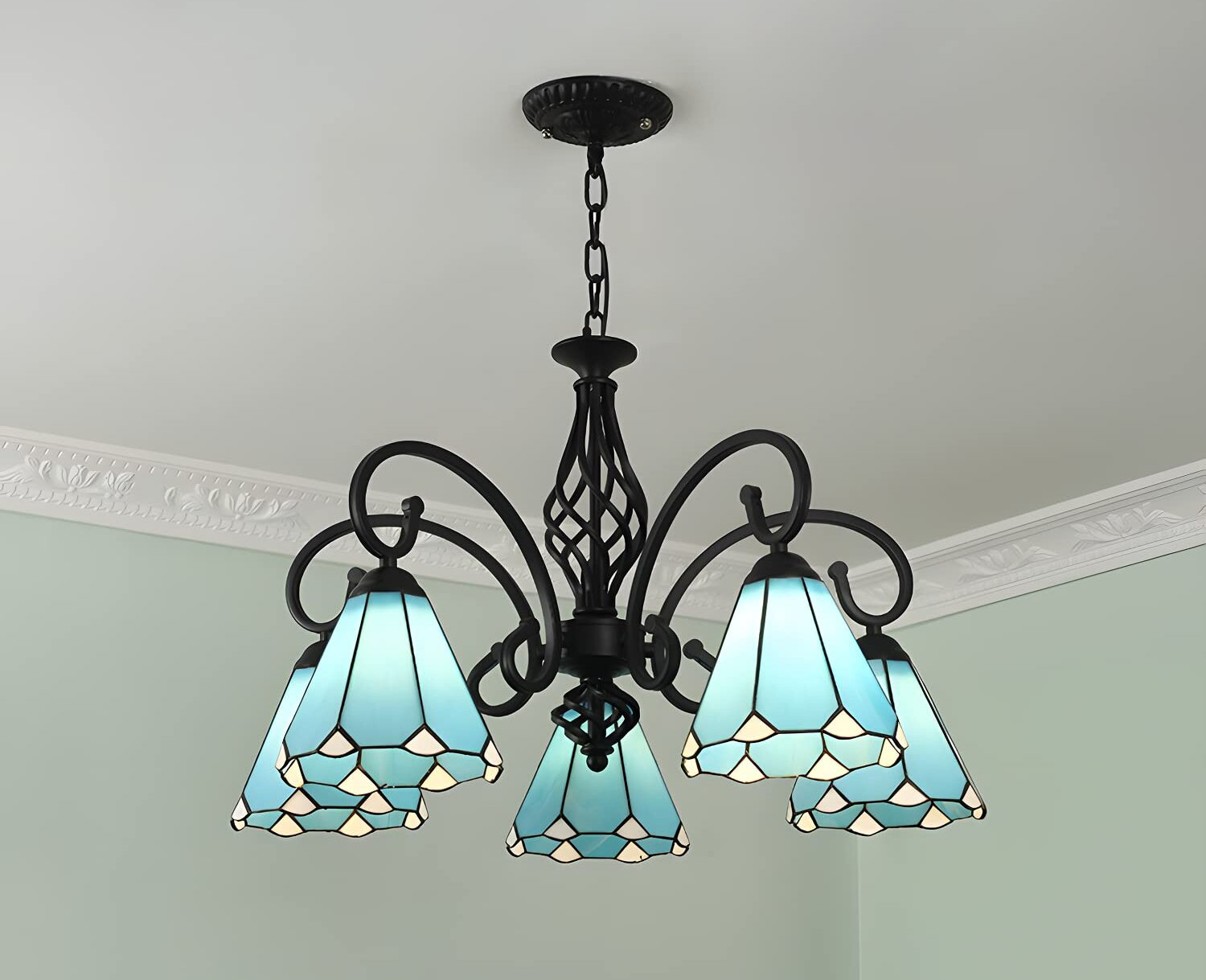
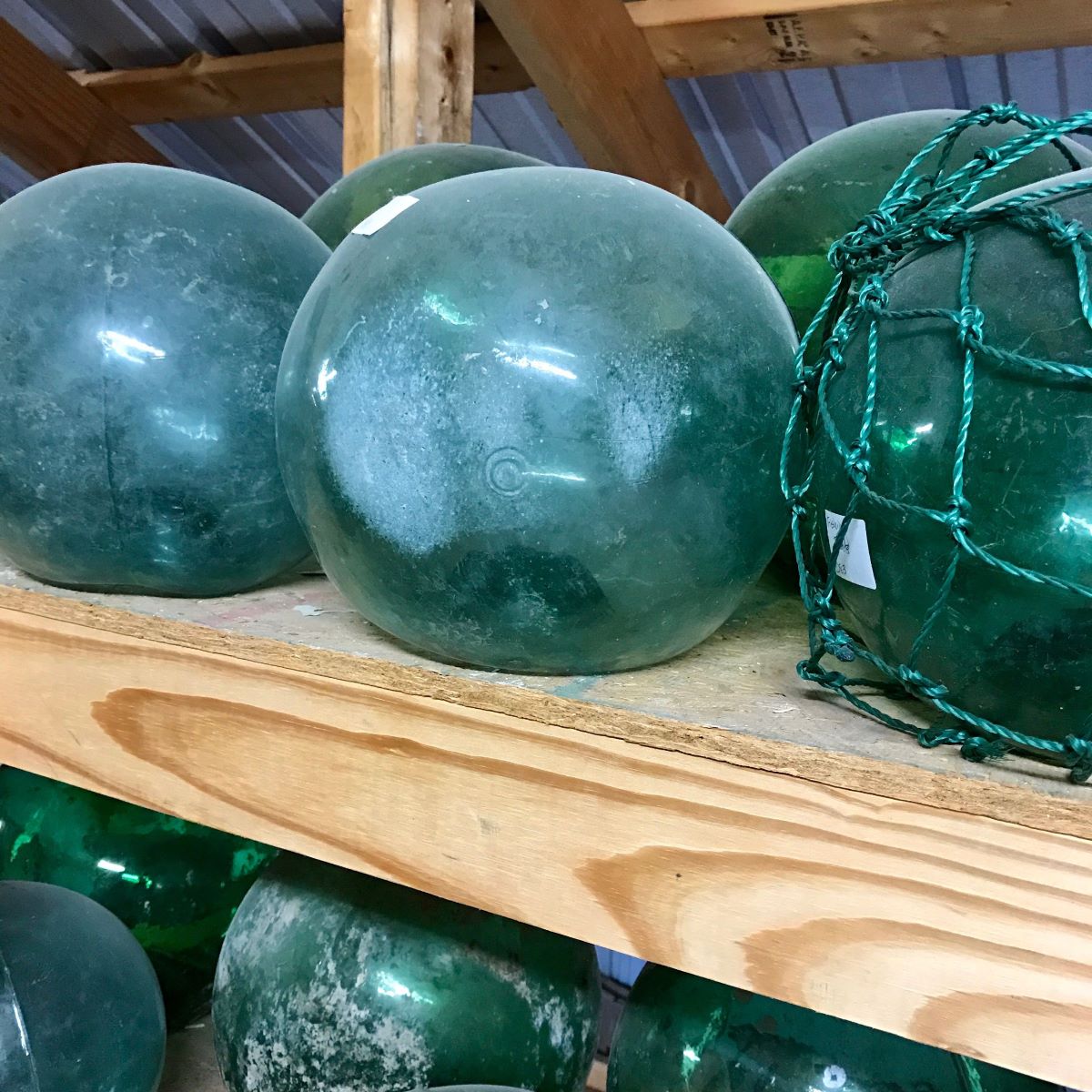
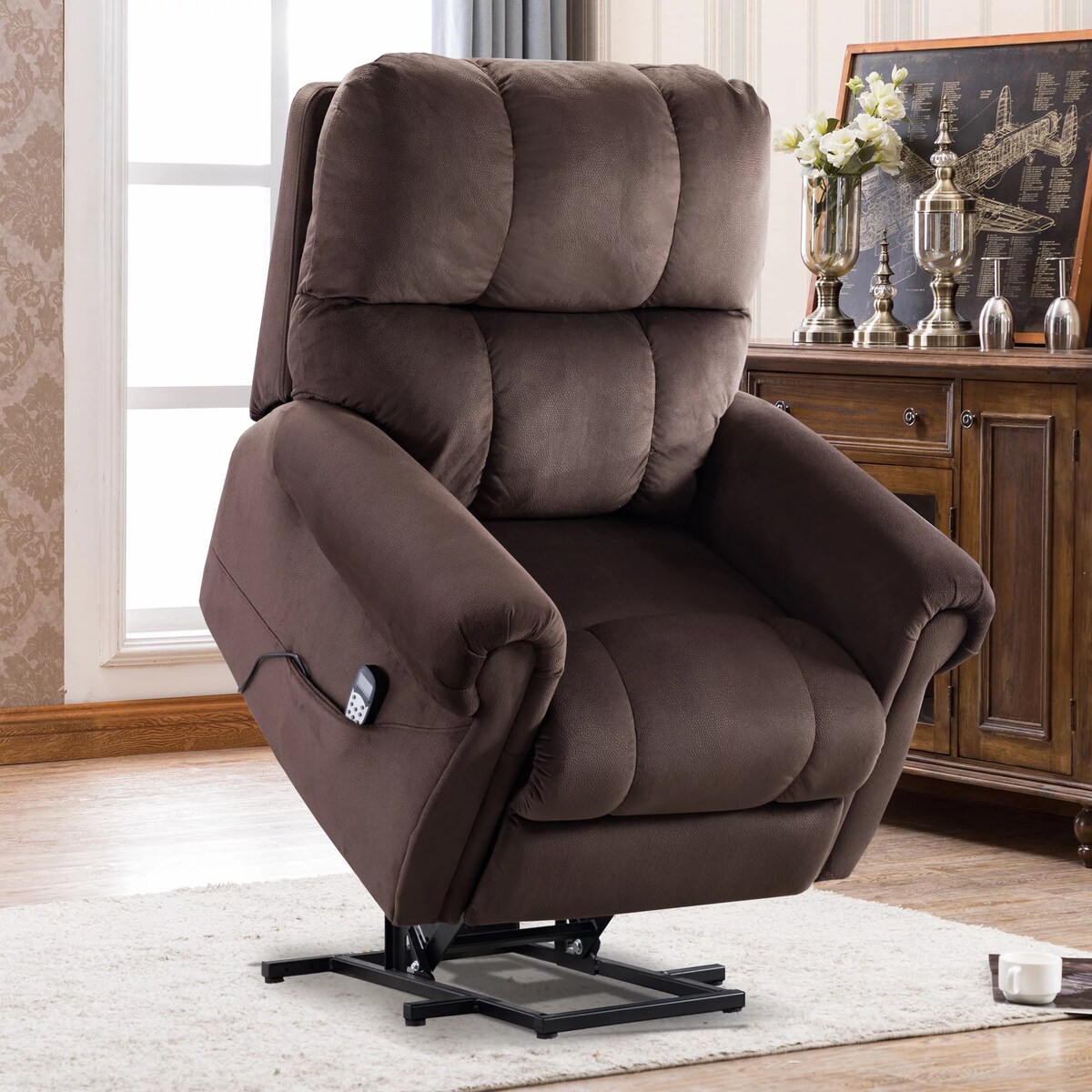
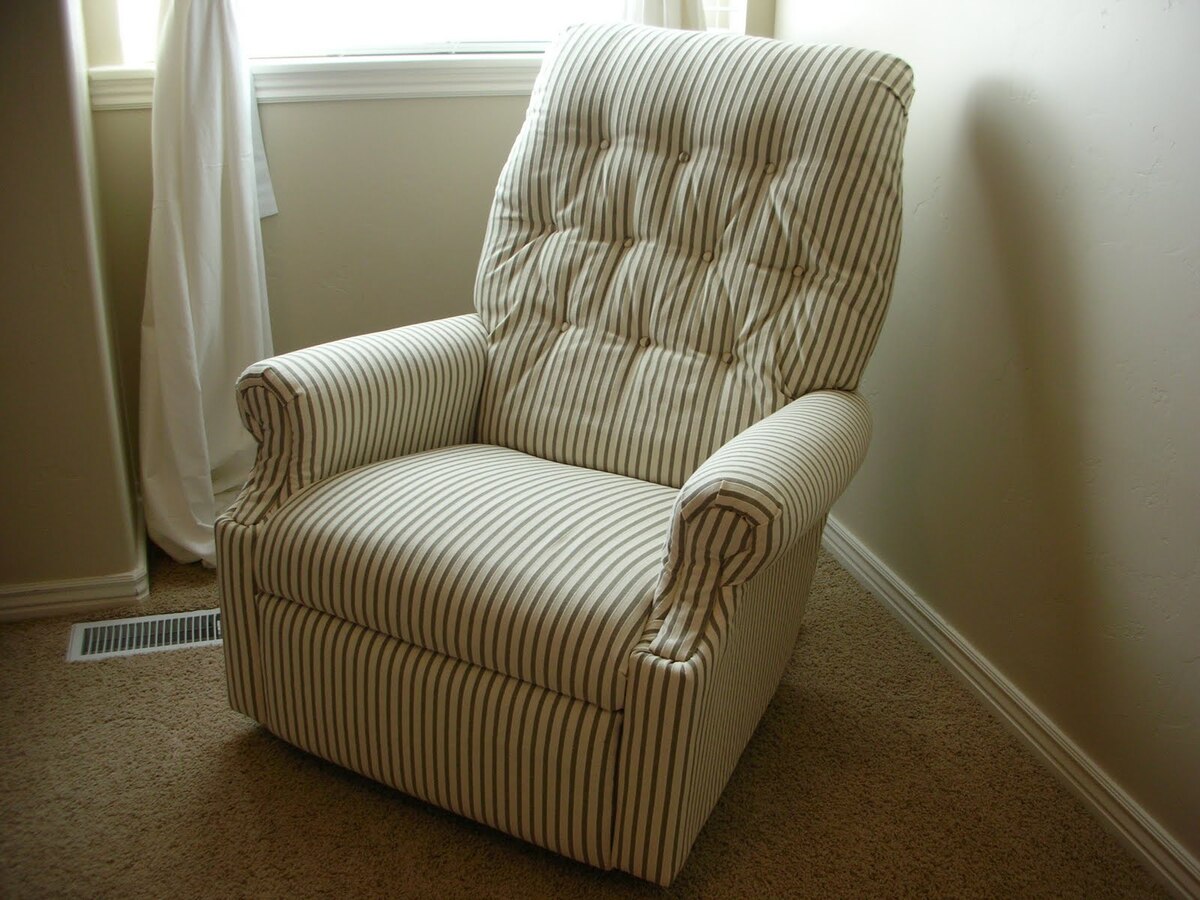
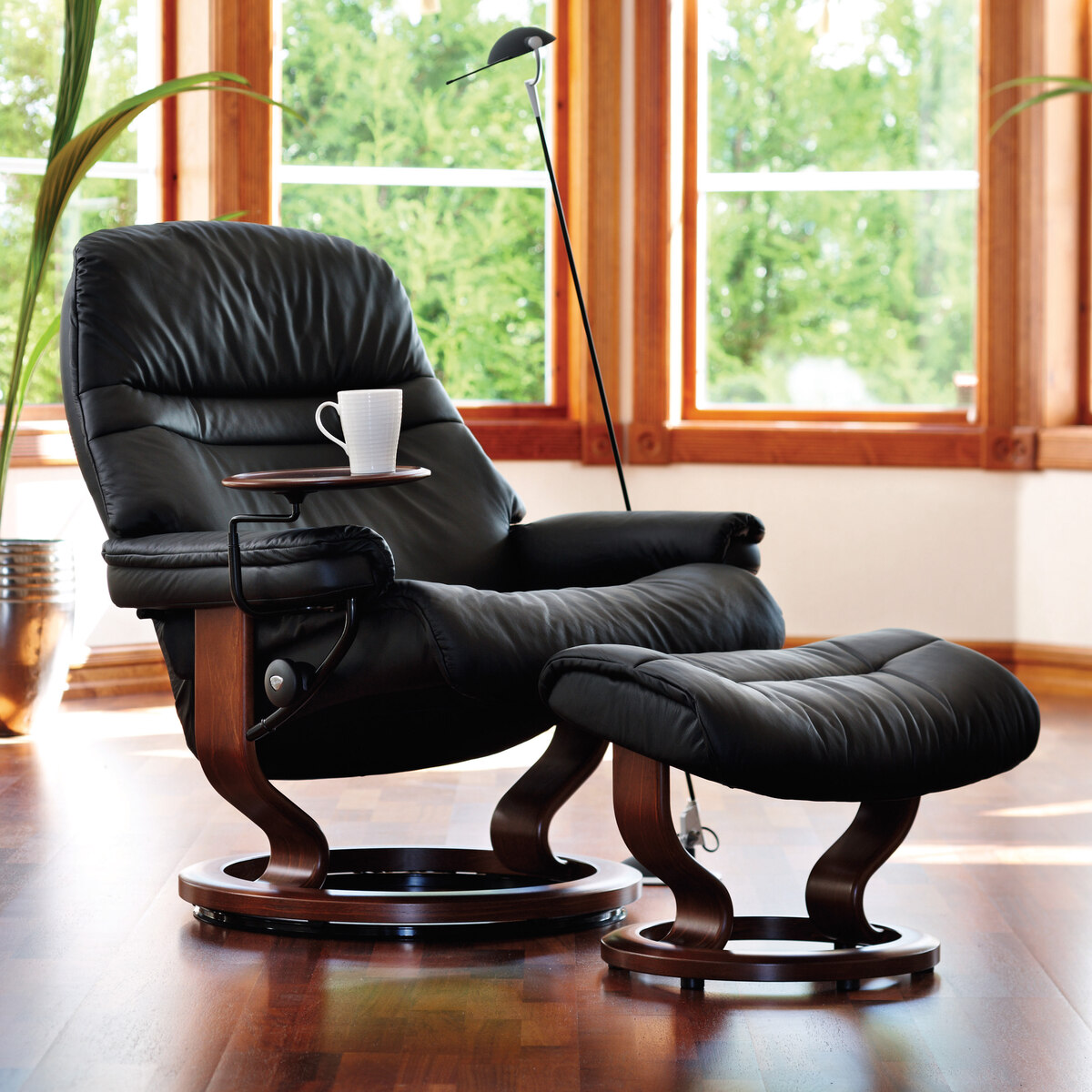
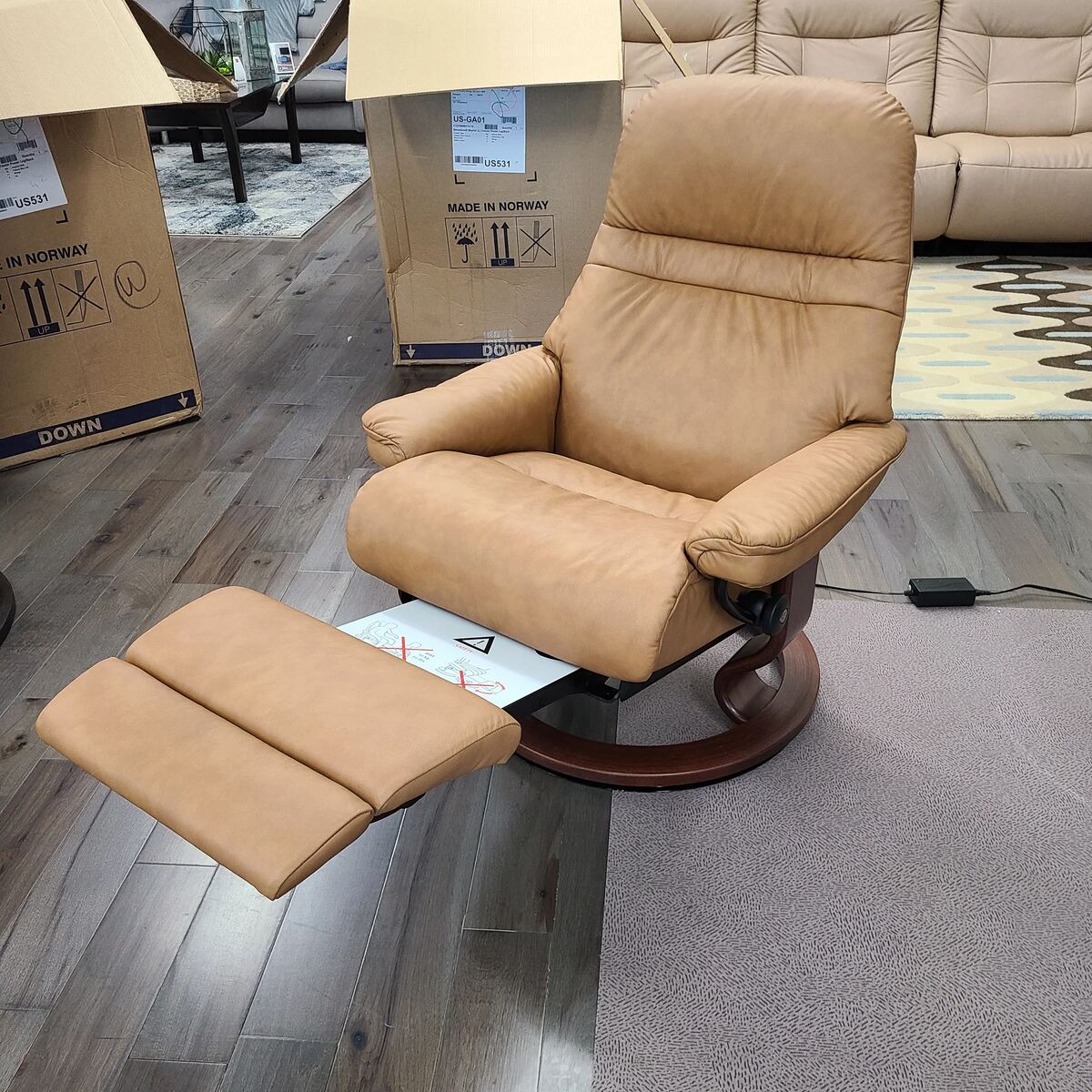
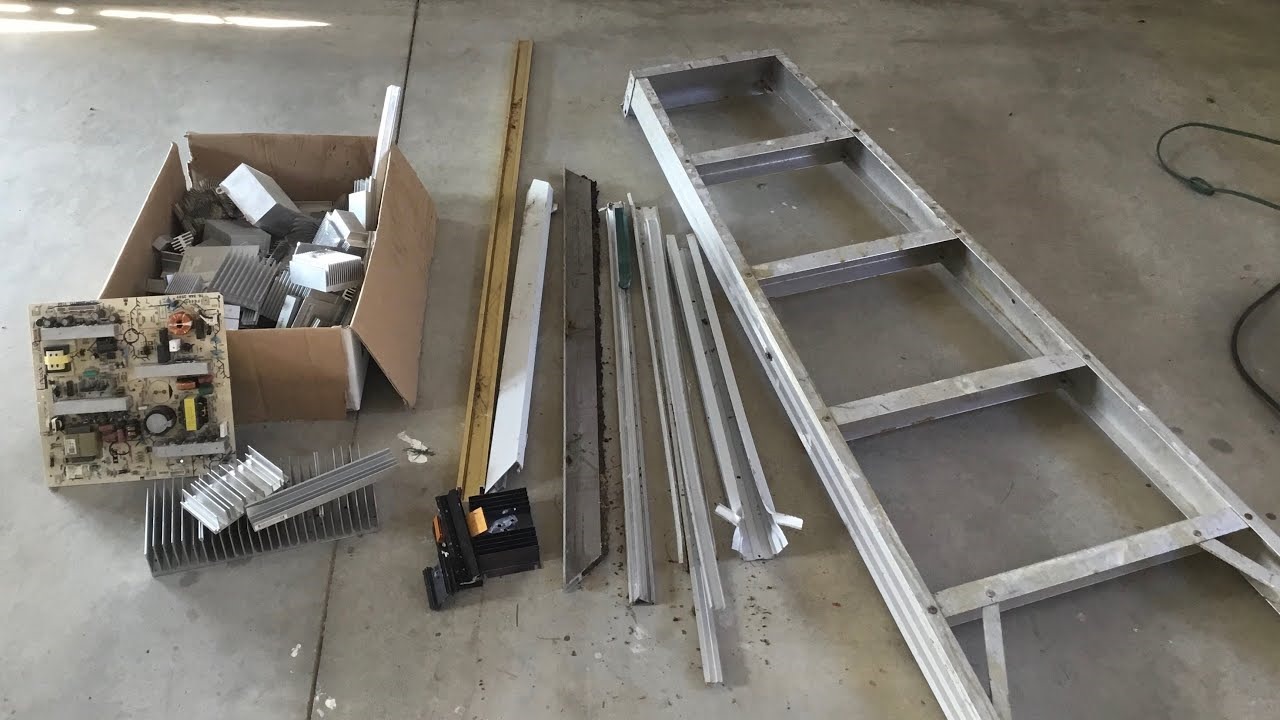
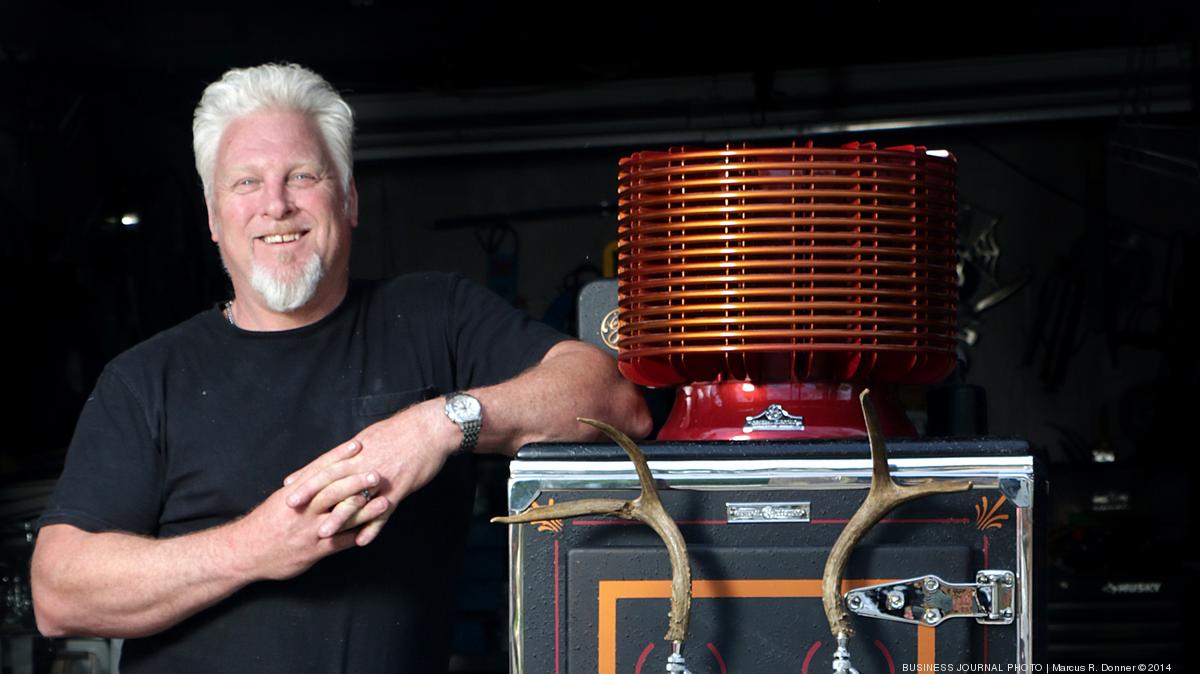

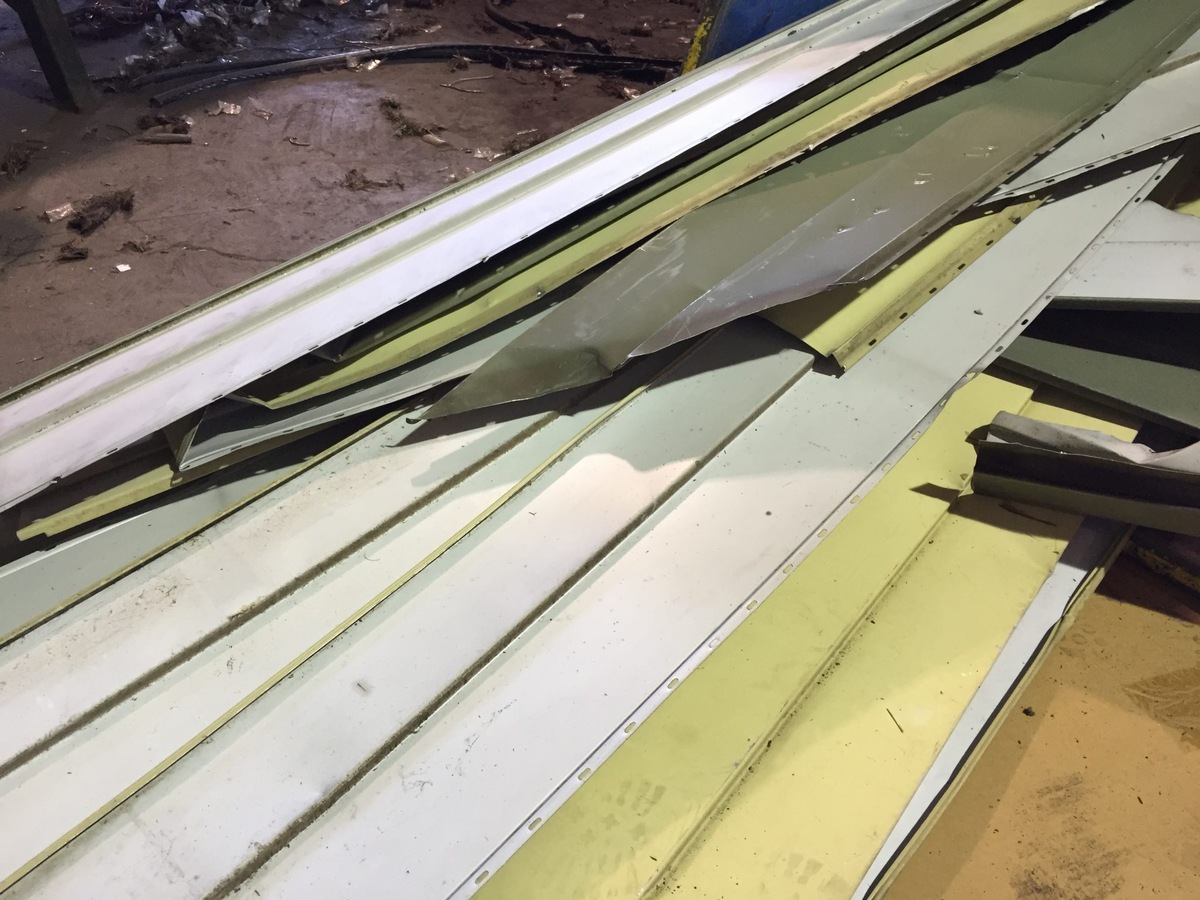

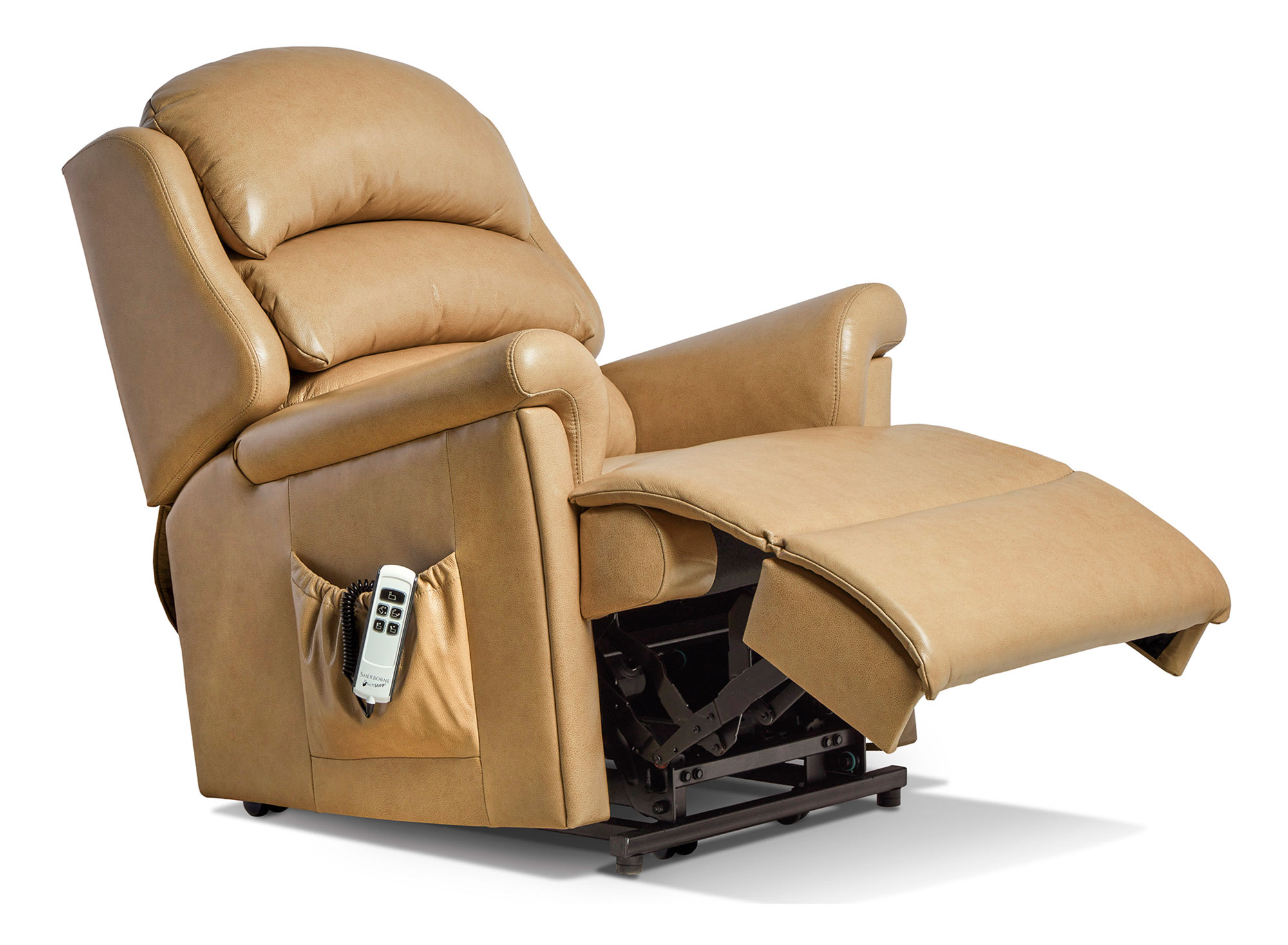

0 thoughts on “How Much Is A Used Recliner Worth”